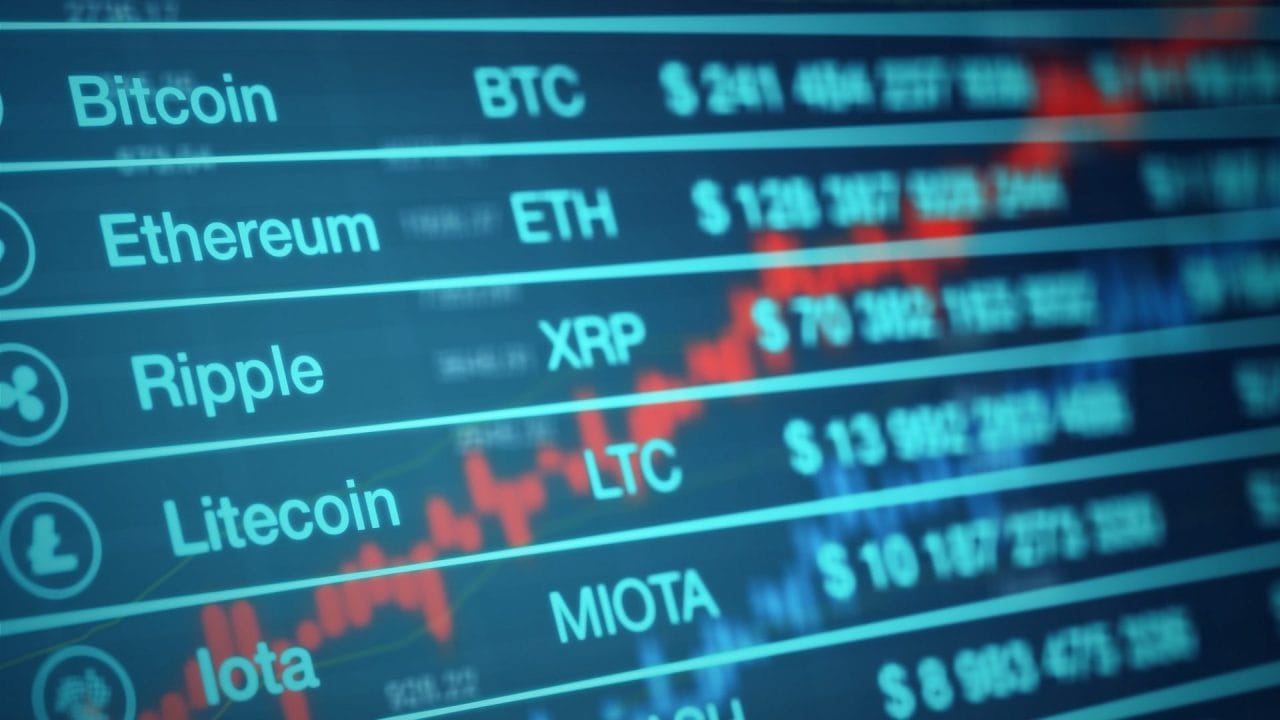
According to the World Bank’s 2017 Global Findex report, the number of unbanked people worldwide was 2 billion in 2014. As per this report, China is home to the world’s largest unbanked population (225 million), followed by India (190 million), Pakistan (100 million), and Indonesia (95 million). These nations along with Nigeria, Mexico, and Bangladesh constitute nearly 50% of the world’s unbanked population. Even the United States has 8.4 million unbanked adults, meaning that that no one in the household has a checking or savings account, according to the Federal Deposit Insurance Corporation (FDIC).
The current financial services scheme doesn’t really work for this unbanked population as years go by and little is achieved. That’s why we should look at new ideas and models that might utterly be seen interesting, inclusive and open to make them be part of the financial world in a way these citizens would embrace. In fact, there is a potential solution to handle the unbanked situation ingeniously.
As you might know, virtual currencies – popularly known as cryptocurrencies (like Bitcoin, Ethereum, etc.), have pretty much been the buzz in recent years. These held traits that might help preventing fraud; they are easily accessible; they provide tools to help in identity theft prevention; and they enable faster transactional settlements.
But high volatility renders them unsuitable for use. Here is where stablecoins enter the game as these are stable versions of their wild crypto counterparts.
As opposed to the highly fluctuating nature of cryptocurrencies, stablecoins are in general equanimous, when it comes to market value. Why? Because, they are “stable” and are pegged (or linked) to national currencies like USD, EUR, CNY or JPY and sometimes to real-world assets like gold or oil. This is to keep their value stable unlike the price of Bitcoin or Ethereum which keeps varying every time.
Advantages of stablecoins:
- Stability in trading from the comfort of your smartphone;
- Easy liquidation for traders and investors in a situation of market collapse;
- Insulation from sporadic volatility.
Primarily, there are three kinds of stablecoins:
- Fiat-collateralized;
- Cryptocurrency-collateralized;
- Non-collateralized (algorithmic).

Out of these three, a fiat-collateralized stablecoin is the most basic and simple form of this cryptocurrency. A central entity (or custodian) puts up an amount of fiat currency as collateral, and a stablecoin is issued against the fiat currency at a 1:1 ratio. This form of stablecoin should, in theory, require a periodic audit to ensure that it is truly collateralized.
Few popular fiat-collateralized stablecoins currently available in the market are:
- Tether (USDT)
- Gemini USD (GUSD)
- USD Coin (USDC)
- Statis (EURS)
- bitEUR (BITEUR)
- bitCNY (BITCNY)
From what it seems, and what you might have guessed fiat-collateralized stablecoins can actually eliminate the requirement for a conventional bank account. Secondly, such stablecoins can actually open up an individual to the global financial market.
How? Imagine a situation where people living in Africa, Asia, or South America have an opportunity of accessing European banking services through any of the fiat-collateralized stablecoins, without having to pay any sort of commision.
In fact, there is a company, Aximetria working towards it. This Swiss fintech company is committed to promoting banking without borders and providing Swiss-level banking service to global consumers in Europe, Africa, Asia and Latin America.
The company recently announced support for Gemini USD (GUSD) and Statis (EURS) stablecoins in its state-of-the-art financial asset management app. Unlike other European neo-banks offering traditional currencies only to Europeans, Aximetria continues to adhere to the policy of providing high-quality, stable and secure financial instruments globally. Furthermore, Aximetria will support all popular stablecoins in its mobile application by mid-2019.
This year the company will also extend its services to B2B payments on the basis of stablecoins, freeing businesses of a number of restrictions and limitations. Aximetria users will be required to go through a remote verification process (KYC), after which they can buy or sell global currencies. They can also securely store and exchange other currencies. Adding stablecoins is the next step in the company’s strategy to combine innovation and the highest level of security so inherent in financial Swiss services.

Hernaldo Turrillo is a writer and author specialised in innovation, AI, DLT, SMEs, trading, investing and new trends in technology and business. He has been working for ztudium group since 2017. He is the editor of openbusinesscouncil.org, tradersdna.com, hedgethink.com, and writes regularly for intelligenthq.com, socialmediacouncil.eu. Hernaldo was born in Spain and finally settled in London, United Kingdom, after a few years of personal growth. Hernaldo finished his Journalism bachelor degree in the University of Seville, Spain, and began working as reporter in the newspaper, Europa Sur, writing about Politics and Society. He also worked as community manager and marketing advisor in Los Barrios, Spain. Innovation, technology, politics and economy are his main interests, with special focus on new trends and ethical projects. He enjoys finding himself getting lost in words, explaining what he understands from the world and helping others. Besides a journalist he is also a thinker and proactive in digital transformation strategies. Knowledge and ideas have no limits.











































